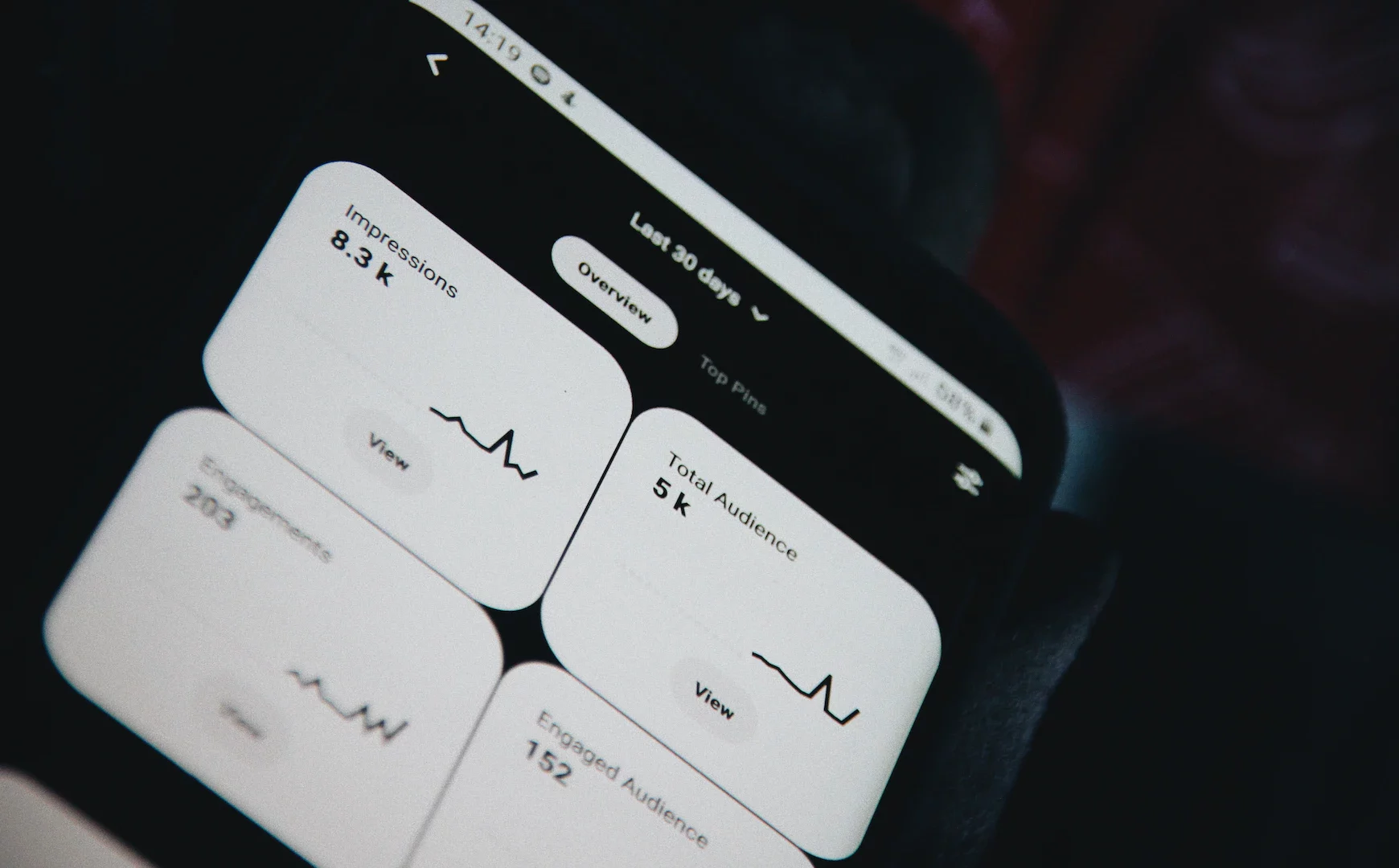The world of dApps is exploding, with over 4,000 dApps existing, most of which are running on the Ethereum network. According to Emergen Research, the dApp market is expected to reach an incredible $368.25 billion by 2027.
And that doesn’t come as a surprise–blockchain technology has become accessible over time, allowing users to easily leverage dApps without requiring extensive technical knowledge.
However, creating a dApp is only half the job. The real question is, how do dApps make money? In this article, we’ll explain how to build dApps and offer you various options for your dApp monetization.
So, without further ado, let’s dive straight into the decentralized world.

What Are Decentralized Apps?
Decentralized applications–also known as dApps–are types of blockchain-based software that rely on peer-to-peer networks. As opposed to traditional applications, they aren’t controlled by a single entity, allowing users to interact with each other directly and omitting intermediaries.
Since dApps operate on a decentralized network, they’re much more secure and resistant to data manipulation. This added security makes dApps ideal for handling sensitive information like financial transactions or personal data. However, there’s one question that often arises: how do dApps make money?
dApps can be divided into three categories:
- Smart contract – stores the business logic and the state of the app;
- Fronted (UI) – provides a user-friendly interface for the dApp;
- Data storage – stores relevant data for the dApp functioning.
Before we jump into the process of building dApps and monetizing them, let’s first look at the benefits dApps offer.
Key Benefits of dApps
Here are the main benefits building a dApp can bring to your business:
High level of security
The high level of security that dApps provide is one of their key benefits. The applications are safe from hacking and data tampering because they are constructed on a decentralized network. Additionally, because all transactions are recorded on the blockchain for public access, dApps are more transparent than conventional applications.
Flexibility
dApps provide greater flexibility than traditional applications, as they can be easily customized and integrated with other blockchain-based solutions. This allows for greater innovation and the development of new use cases that may not be possible with traditional applications. Moreover, dApps can be developed to work across several blockchain networks, enhancing their flexibility and interoperability.
Lower costs
dApps have much lower costs than conventional applications since they do not require intermediaries or other centralized systems that could impose extra expenses. This makes dApps much more affordable for businesses that don’t have enough resources yet.
How to Build a dApp: 6 Essential Steps
Building a dApp is easier than you may think. However, it requires thorough planning and execution.
- Identify the problem you want to solve with your dApp.
Before diving headfirst into building dApps, it’s crucial to take a step back and gain a bird’s-eye view of the problem you’re looking to solve. Only by clearly understanding the problem can you design a dApp that addresses it perfectly.
- Choose a blockchain platform to develop your dApp.
Once the problem to solve is identified, select a suitable blockchain platform to create your dApp (such as Ethereum, EOS, or Tron).
- Design and develop smart contracts for your dApp.
Smart contracts are the backbone of your dApp, as they define the rules and logic of the application. They are needed to understand what actions you want your dApp to perform.
- Develop the front end and back end.
You will also need to develop the front end and back end of your dApp, which will interact with the blockchain and the smart contracts. This involves creating a UI for your dApp and setting up the necessary servers and APIs.
- Test rigorously.
Once you have developed your dApp, you need to test it to ensure it works as intended. This is needed because once your smart contracts are deployed to the main net, you won’t be able to modify them. For testing, you can utilize tools like Ganache or Truffle to test your smart contracts.
- Deploy your dApp.
As a last step, you can launch your dApp on the selected blockchain platform. This also involves uploading it to Google Play or App Store and getting your back-end portal live. You can use such services as Infura to lessen the DevOps efforts.
And, of course, ongoing maintenance is a must. While smart contracts remain intact, you can update things on the front end to ensure user-friendliness to attract users and achieve success.
It’s worth mentioning that, depending on the type of your dApp and its complexity, the development and deployment will cost between $10,000 and $100,000.
Now let’s answer an important question: How do dApps make money?
How Do dApps Make Money? 6 Ways to Monetize dApps Effectively
Now that you’ve found out how to make dApps, let’s see how to monetize your dApp.
1.Charging fees for using your dApp
The first and simplest way to achieve dApp monetization is charging a fee for using it–be it a one-time fee or a recurring subscription fee.
2.Receiving payment in cryptocurrency
If your dApp provides a service, you can receive payment in cryptocurrency from users who utilize your services. You can even issue your own cryptocurrency, which users can use within the dApp. This allows for fast and secure payment processing without the need for traditional banking services.
3.Using DeFi protocols
Using decentralized finance protocols allows you to create a token representing a share in the dApp’s revenue or by providing liquidity to DeFi protocols and earning fees in return. Additionally, dApps can integrate with DeFi lending platforms, allowing users to borrow and lend assets, with the dApp receiving a percentage of the interest earned as a fee.
4.Selling tokens or shares of your dApp
Another option for dApp monetization is selling tokens or shares of your dApp to investors. These investors can then trade these tokens or shares on exchanges, potentially generating profits for both parties.
5.Introducing in-app advertising or sponsored content
By incorporating advertisements or sponsored content within your dApp, you can generate revenue from third-party companies looking to advertise their products or services to your user base.
6.Offering premium features for a fee
Finally, you can offer premium features within your dApp for a fee, such as additional functionality, increased security, or enhanced user experience.
Create a Profitable dApp with Lionwood.software
Lionwood.software is a leading software development company specializing in building decentralized applications. With a team of experienced blockchain developers on board, we can help you design, develop, deploy, and monetize your dApp on the blockchain platform of your choice.
Our services include:
- Consulting and strategy development
- Smart contract development
- UI/UX design
- Front-end and back-end development
- Quality assurance and testing
- Maintenance and support
Building dApps requires a deep understanding of blockchain technology and programming languages. But you can still create a highly safe and transparent dApp that can be monetized with Lionwood.software.
Contact us today, and let’s build a decentralized system that could transform the way people interact online!













